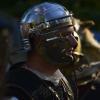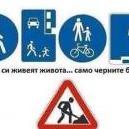Бойно поле отпреди 3200 години, открито в Германия
-
Теми
-
- 1 мнение
- 495 views
-
- 3396 мнения
- 135197 views
-
- 16 мнения
- 565 views
-
Руско-украинската война 2022-2024 година. 1 2 3 4 43
От Р. Теодосиев, in Руско-украинската война 2022 година.
- 1050 мнения
- 41809 views
-
- 62 мнения
- 2482 views
-
-
Последно разглеждащи 0 Потребители
- No registered users viewing this page.



Recommended Posts
Напиши мнение
Може да публикувате сега и да се регистрирате по-късно. Ако вече имате акаунт, влезте от ТУК , за да публикувате.